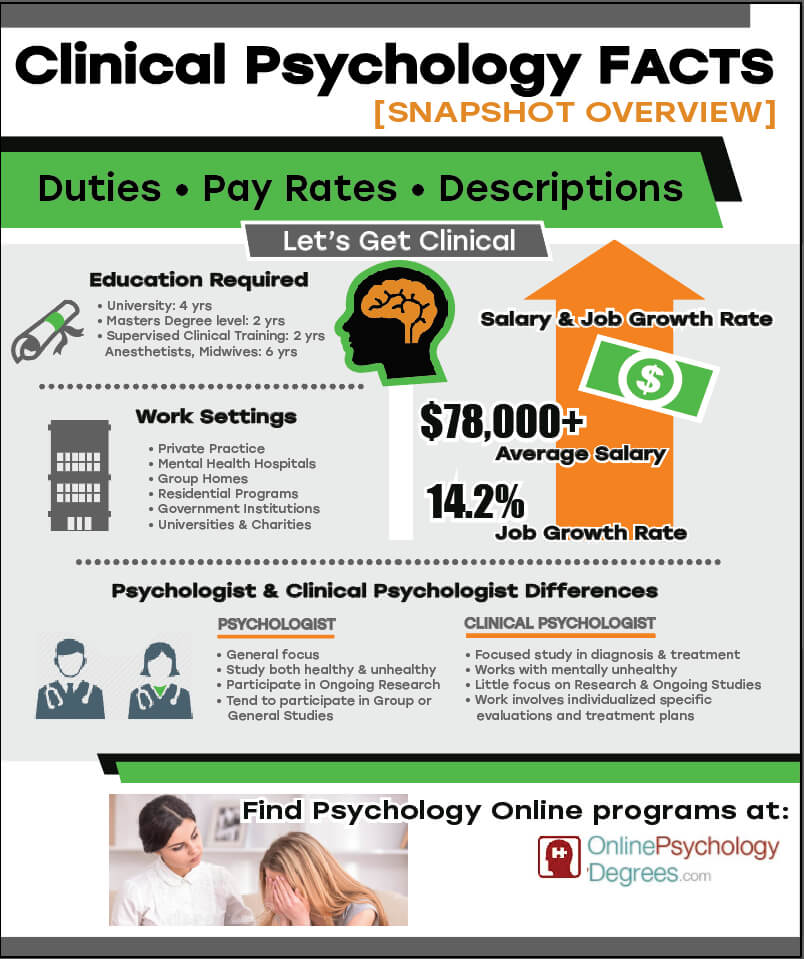Therapy for PTSD aids you find out to handle your symptoms and restore control of your life. It can include dental medicines or chat treatments. Psychiatric therapy, or talk treatment, is the most typical therapy for PTSD. It can happen individually or in a group setup.
Signs of PTSD can range from being quickly startled to preventing tasks and people. These signs can likewise impact member of the family and children.
Cognitive behavior modification (CBT).
CBT focuses on altering unfavorable patterns of believing and habits that may be triggering PTSD signs and symptoms. This treatment is normally short-term and client-centered, with the therapist and client creating therapy objectives together. CBT has been shown to lower PTSD signs and symptoms in several professional tests making use of clinician-administered and self-report actions of PTSD. These outcomes are mediated mainly by adjustments in maladaptive cognitive distortions, with some research studies reporting physiological, functional neuroimaging, and electroencephalographic adjustments correlating with response to CBT.
TF-CBT makes use of psychoeducation and imaginal direct exposure to show customers exactly how to better regulate emotions and handle their traumas. This therapy has additionally been revealed to enhance PTSD symptoms in children and teens.
Eye activity desensitization and reprocessing (EMDR).
EMDR is an evidence-based treatment that works by assisting individuals process trauma utilizing flexible data processing. It can be utilized by itself or with various other therapies. It has been revealed to be efficient in dealing with PTSD. EMDR is commonly made use of around the world.
It starts with history-taking and a collaborative therapy plan. Throughout this phase, you will certainly talk about the reason you are looking for therapy and recognize traumatic memories you wish to concentrate on. The therapist will additionally instruct you methods to handle any type of tough or upsetting emotions that might arise during a session.
During the recycling phase, you will certainly recall a traumatic memory while taking notice of a back-and-forth movement or noise (like your provider's hand moving across your psychological treatment face) up until the adverse images, thoughts, and feelings associated with it begin to decrease.
Somatic experiencing.
A specialist who concentrates on this method will certainly aid you familiarize the physical experiences that accompany your PTSD signs. They'll additionally instruct you how to determine your autonomic nerve system and its duty in the injury feedback.
Unlike various other trauma therapies, somatic experiencing does not focus on memories or feelings. Rather, therapists work to release the stress from your body and ease your signs.
This therapy has actually been discovered efficient in a variety of randomized regulated trials. Nonetheless, the results from these studies are limited by small sample sizes and various other methodological deficiencies. These imperfections restrict the exterior legitimacy of these findings.
Present-centered therapy.
Present-centered treatment (PCT) is a non-trauma focused psychotherapy that aims to improve individuals' connections, instill hope and positive outlook, and advertise problem-solving. While PCT lacks exposure and cognitive restructuring strategies of trauma-focused treatments, it has been revealed to be as efficient in reducing PTSD symptoms as trauma-focused CBTs.
In a collection of eleven researches, PCT was compared to a wait list or minimal contact control condition and to TF-CBT. PCT was superior to the WL/MA problems in lowering self-reported PTSD symptoms at post-treatment, and it was associated with decreased treatment dropout rates. Nonetheless, the effect dimension was not large sufficient to be clinically significant.
Meditation.
Reflection assists individuals relax their nerve systems and practice self-care. This therapy focuses on the physical sensation of breathing, and individuals might get sidetracked by thoughts or feelings, however it is very important to return their emphasis to the breath over and over.
PTSD influences not only those who have directly experienced the injury, but also witnesses and those who deal with emergency situation -responders or police. Signs and symptoms of PTSD can include invasive, upsetting memories, recalls or nightmares, and problem concentrating or resting.
Avoiding unpleasant memories and sensations is a typical reaction to trauma, yet it only makes signs and symptoms even worse. It is very important to seek therapy before PTSD disrupts your life and partnerships.
Double medical diagnosis therapy.
Signs and symptoms of co-occurring PTSD and substance make use of condition (SUD) are typically linked and both need to be resolved in healing. Individuals that experience PTSD can be more probable to turn to alcohol or medicines to self-medicate and momentarily ease invasive thoughts, flashbacks and adverse mood swings.
PTSD signs and symptoms include persistent and involuntary upsetting memories or desires, vivid and dissociative reactions that seem like experiencing again the occasion, staying clear of places, individuals, discussions, or items connected with the injury, feelings of hypervigilance and being always on guard or quickly stunned, and sensations of psychological numbness.
Twin diagnosis therapy includes treatment and learning healthier coping mechanisms. It might additionally entail pharmacotherapy, such as antidepressants or mood stabilizers.
